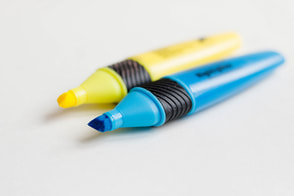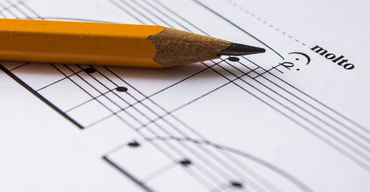Welcome!If you have a comment, we'd love to hear it. Be sure to SHARE this blog! AuthorDoniell Cushman loves to use her teaching experiences to inspire ways to improve music, teaching, and learning. Archive
February 2023
Categories |
Back to Blog
Using Highlighters as a Musician3/13/2018 You should write in your music more than you believe you should. I hearken back to my collegiate days with this belief. I had professors in Philosophy, English and History strongly advocating using pen in your books for many reasons. As a musician, you need more than just the odd definition here and there. You need LIGHTS! CAMERA! ACTION! Connecting important ideas and concepts in music is difficult as there are so many, so be highlighter friendly.
0 Comments
Read More
|

 RSS Feed
RSS Feed

